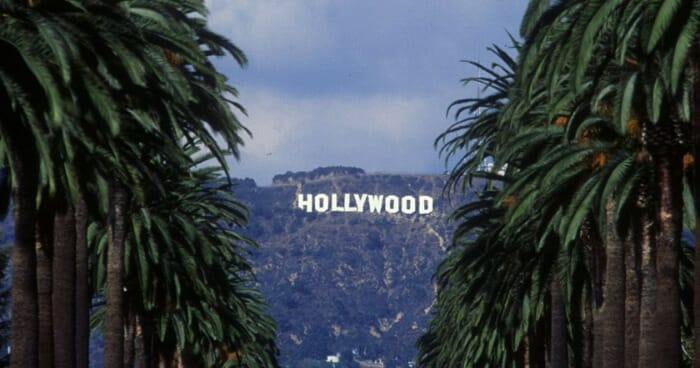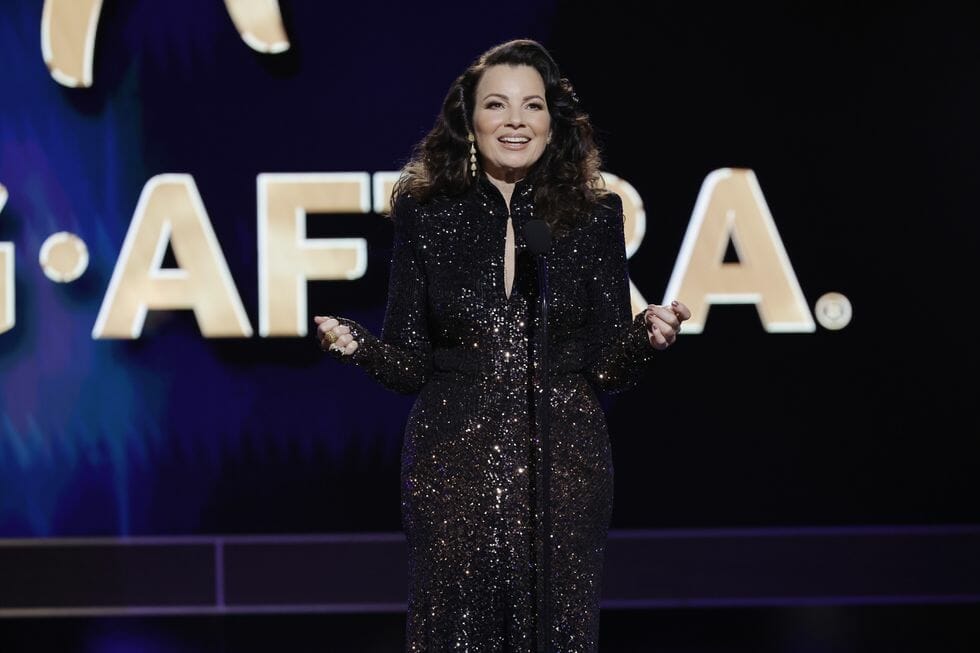
Words by Chelsey Sanchez
After 146 days on the picket line, the WGA has reached a tentative agreement to end its strike
For the first time in over six decades, Hollywood has been facing simultaneous strikes by the two unions that represent actors and screenwriters—but it appears that the Writers Guild of America has finally reached an agreement with producers.
After the deadline to secure a new contract between the Screen Actors Guild-American Federation of Television and Radio Artists and the Alliance of Motion Picture and Television Producers passed on July 12 with no agreement reached, union leadership announced imminent plans for an actors’ strike. The ripple effects were immediately felt, with movie stars Cillian Murphy, Emily Blunt, and Florence Pugh leaving the Oppenheimer red-carpet premiere to prepare for the picket line.
“At some point, the jig is up. You cannot keep being dwindled and marginalized and disrespected and dishonored. The entire business model has been changed by streaming, digital, AI. This is a moment of history,” SAG-AFTRA president Fran Drescher said during a press conference. “If we don’t stand tall right now, we are all going to be in trouble.”
The current work stoppage, along with the WGA strike, which began on May 2, has effectively brought television and film productions across the world to a halt—leading to enormous ramifications for the state of Hollywood.
When SAG members joined the picket line, it was the first time the unions representing actors and screenwriters had gone on strike at the same time since 1960. That year, SAG (led by future U.S. President Ronald Reagan) entered a six-week strike in the midst of the WGA’s strike, which would last for nearly six months.
Below, we break down everything you need to know about the strike.
What is SAG-AFTRA?
The Screen Actors Guild-American Federation of Television and Radio Artists represents about 160,000 actors, broadcast journalists, announcers, hosts, stunt performers, and other media professionals. Under a collective bargaining agreement spearheaded by the union, SAG-AFTRA members receive protections on things like pay, working conditions, and residuals.
SAG-AFTRA bargains with AMPTP, which represents studios, production companies, and streaming services like Paramount, Disney, and Netflix. Contracts are renegotiated every three years. While the latest contract was originally set to expire on June 30, it was extended with a new deadline of 11:59 p.m. PST on Wednesday, July 12.
What do the actors want?
SAG members are fighting for better pay and working conditions as they face a labor landscape transformed by streaming and threatened by artificial intelligence.
With streaming services like Netflix, Hulu, and Max reshaping the culture of television and movie-watching, the nature of actors’ pay has changed as well. In addition to facing declining residuals and wages that haven’t kept up with inflation, actors can no longer rely on royalty payments that are contingent on the amount of a show’s reruns. Streaming has also complicated job opportunities. Since many shows now have shorter seasons over longer periods of time, actors argue that they have less work available to them.
Concerns over the unregulated use of AI, which may reproduce an actor’s likeness or performance, has also been a point of contention at the bargaining table. SAG members are demanding guarantees on how exactly AI will be deployed by studio and production companies, though AMPTP is reportedly not budging on the matter.
“This is a power grab, pure and simple. We see what’s coming. They can’t pretend we won’t be used digitally or become the source of new, cheap, AI-created content for the studios,” an actress told Deadline of AMPTP’s position on AI.
Of the 65,000 SAG members who cast a ballot, about 98 percent voted to authorize union leaders to call for a strike if no deal was reached by the July 12 deadline. Back in June, more than 300 actors also publicly threw their support behind a potential strike by signing a letter that called on SAG-AFTRA leadership to “make clear our resolve” that “this is not a moment to meet in the middle” on consequential issues. Signatories include high-profile names like Meryl Streep, Jennifer Lawrence, Keke Palmer, Olivia Wilde, Quinta Brunson, and even SAG-AFTRA president Drescher.
The letter read, in part:
This is an unprecedented inflection point in our industry, and what might be considered a good deal in any other years is simply not enough. We feel that our wages, our craft, our creative freedom, and the power of our union have all been undermined in the last decade. We need to reverse those trajectories. With inflation and continued growth in streaming, we need a seismic realignment of our minimum pay and new media residuals, our exclusivity carveouts, and other terms. We also think it’s absolutely vital that the deal restore dignity to the casting process by regulating how self-tapes are used. This is an enormous problem for working class actors. And especially as regards Artificial Intelligence, we do not believe that SAG-AFTRA members can afford to make halfway gains in anticipation of that more will be coming in three years, and we think it is absolutely vital that this negotiation protects not just our likenesses, but makes sure we are well compensated when any of our work is used to train AI. We want you to know that we would rather go on strike than compromise on these fundamental points, and we believe that, if we settle for a less than transformative deal, the future of our union and our craft will be undermined, and SAG-AFTRA will enter the next negotiation with drastically reduced leverage.

SAG-AFTRA president Fran Drescher KEVIN WINTER//GETTY IMAGES
How will a strike affect Hollywood?
By going on strike, actors are leveraging their collective power as workers to get their demands met in their next contract with AMPTP. With actors (plus the striking screenwriters, but more on that later) withholding their labor—and thus the profits that labor generates—studio and production companies are likely to be more incentivized to put forth a proposal on the bargaining table that will bring actors back to work.
But, what does that mean for actors, TV shows, movies, and audiences in the meantime?
A majority of film and television sets will be shut down indefinitely, pushing back release dates for new movies and shows—meaning audiences will likely have to wait longer to see new seasons of their favorite shows. (Similarly, late-night talk shows like The Tonight Show and The Late Show entered a hiatus in the wake of the Writers Guild of America screenwriters’ strike this past spring.)
Actors are also not be permitted to promote their forthcoming projects, including participation in premieres, press junkets, interviews, panels, etc., on their social media accounts.
News and broadcast programs will be unaffected by the strike.
Have actors gone on strike before?
SAG has gone on strike multiple times in the past, with the first strike occurring in 1952 and the most recent in 2000. The turn of the millennium marked the longest-ever actors’ strike, with actors picketing for six months starting in May and ending in October. At the time, negotiations broke down over compensation for work in broadcast, cable, and internet commercials.
What about the writers’ strike?
On September 24, WGA reached a tentative agreement with AMPTP after 146 days on the picket line.
“We can say, with great pride, that this deal is exceptional—with meaningful gains and protections for writers in every sector of the membership,” the union’s negotiating committee said in a statement released to members. Though the strike is still technically ongoing until the guild authorizes the official end of the work stoppage, leadership has suspended picketing.
Screenwriters with the Writers Guild of America went on strike in early May. WGA leaders and the AMPTP failed to reach an agreement on disputes similar to SAG members’ issues, including media residuals and the use of AI.
Soon after the announcement of the tentative agreement, SAG released a statement congratulating the WGA on its efforts and urging AMPTP to return to the table to discuss the actors’ contract.
“We applaud your dedication, diligence and unwavering solidarity over the last five months and are proud to stand shoulder to shoulder with you as creative partners in the entertainment industry,” the statement read. “We look forward to reviewing the terms of the WGA and AMPTP’s tentative agreement. And we remain ready to resume our own negotiations with the AMPTP as soon as they are prepared to engage on our proposals in a meaningful way. Until then, we continue to stand strong and unified.”
This article originally appeared on harpersbazaar.com



